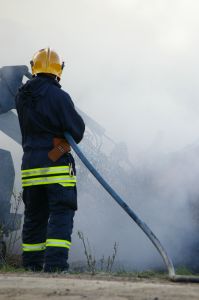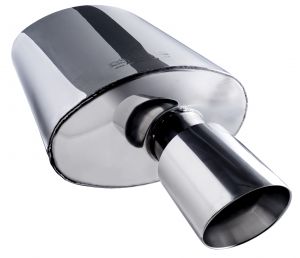New statistics from the Bureau of Labor Statistics reveal that the number of youth in the United States age 16- to 24-year-old that were out of work from April to July of this year rose nearly 2 percent, to about 745,000.
Less than 50 percent of young residents in this age group were employed in July, which is the lowest figure on record since 1948. This is alarming because July is usually the month when we see the highest number of employed individuals in this young age group.

Because of the high unemployment rate among our young workers, more young job seekers are looking for work in more dangerous fields. A number of workers are facing grueling work conditions just to keep their current job. Many are scared to step up with safety concerns that may help prevent a work injury in Boston just to lay low at work and avoid losing their job.
Our Massachusetts workers’ compensation attorneys understand that work is hard to come by. For this reason, more and more adults are seeking jobs that were once held by younger employees. This trend is forcing younger workers to seek more difficult jobs just to earn some extra money during summer break from school.
Recent employment trends reveal that those ages 16- to 23-years-old usually use April through July of each year to look for new jobs. This is when school-aged children seek summer employment and when recent graduates make their break into the job market. Unfortunately, the number of youths looking for jobs grew by more than 11 percent since last year. There were more than 22 million young workers looking for jobs this summer.
As children lower their expectations for jobs and become less and less picky about the positions they hold, parents are urged to keep an eye on their child’s employment status and job location to make sure that they’re not in harms way and are not at risk for a job-related injury.
Make sure your child’s employer is not violating any of the U.S. labor laws:
-Workers ages 14- and 15-years-old: This age group is not allowed to work more than 3 hours a day and more than 18 hours a week during the school year. When school is not in session, members of this age group are allowed to work 8 hours a day and a total of 40 hours a week. Their scheduling is regulated through child labor laws as well. Workers of this age cannot work passed 7:00 p.m. during the school year and no later than 9:00 p.m. during summer break.
-.Workers ages 16- and 17-years-old: Workers in this age group can work as many hours as they wish in an occupation that the Secretary of State has not declared hazardous. They are prohibited from working with dangerous equipment. Equipment that is considered hazardous includes saws, commercial mixers, grinders, meat slicers, power-driven bakery machines, patty forming machines and choppers.
-Workers that are at least 18-years-old: Once an individual turns 18-years-old, they are are no longer covered by child labor laws and can work with the rest of the adult population.
You can visit the Massachusetts State website for more state specific child labor regulations and restrictions.
Continue reading
 Massachusetts Workers Compensation Lawyers Blog
Massachusetts Workers Compensation Lawyers Blog










